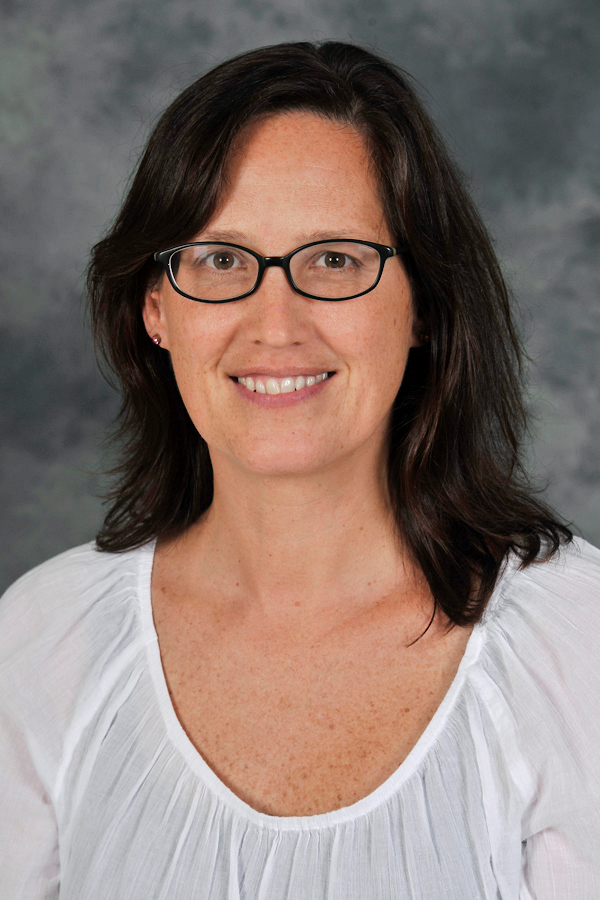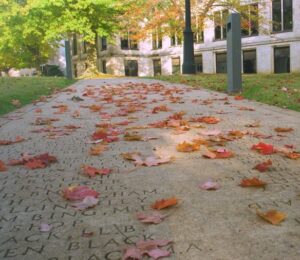Hidden in a small room in the Stillwell Building of Western Carolina University
the university herbarium, consisting of approximately 36,500 plant specimens, mostly
from the South Appalachian Mountains .
Scattered in various other rooms at Stillwell are arthropods with nearly 10,000
specimens, including some rare and ancient spiders. And in Stillwell's rooms and
the Natural Sciences Building there are about 500 taxidermy specimens of birds and
mammals.
Thanks to a $ 517,282 grant from the National Science Foundation and the current construction
of the Tom Apodaca Science Building, those collections will have a new home where
will be prominently displayed on the fifth floor of the new building in its
expected completion in 2021.
The three-year grant, titled "Developing the Catamount
Biological Collections to Enhance Research and Education on Biodiversity in Southern Appalachia," will allow
collections to be organized and curated, said Kathy Mathews, associate professor
of biology and director of the WCU herbarium. Mathews is the principal investigator
along with co-investigators Luiz Silveira, assistant professor of insect diversity,
ecology and evolution; Barbara Ballentine, associate professor of evolution and behavior
ecology; and Aimee Rockhill, assistant professor of natural resource conservation
and management.
Aimee Rockhill
“ Scientists interested in what makes the Southern Appalachian Mountains so
diverse can use our collection to study what species are here, what are their characteristics
they are, where they live and what makes them unique, ”said Mathews. "It is very important.
The Southern Appalachian region is one of the planet's biodiversity hotspots.
Our collections here at Western, believe it or not, some of them are unique. Some
of them are only found here, or we have the best representatives of certain organisms
that no other museum has because we are here, and we have had teachers at WCU
collecting things since the beginning of the 20th century. "
The first phase of the project will be to organize and label everything. Each of the
The samples will then be stored in new cabinets and storage systems. Currently, the
herbarium, consisting of samples of dry press plants, are in wooden cabinets that
they are not fire retardant, waterproof or resistant to mold, Mathews said.
Arthropods are found in drawers or cabinets without organization, and many of
specimens of birds and mammals are kept in freezers or plastic bags.
"Once we enter the new building, we are going to make a screen that we can rotate
different specimens and they have different information about them, ”Mathews said.
 Source link
Source link




Be First to Comment